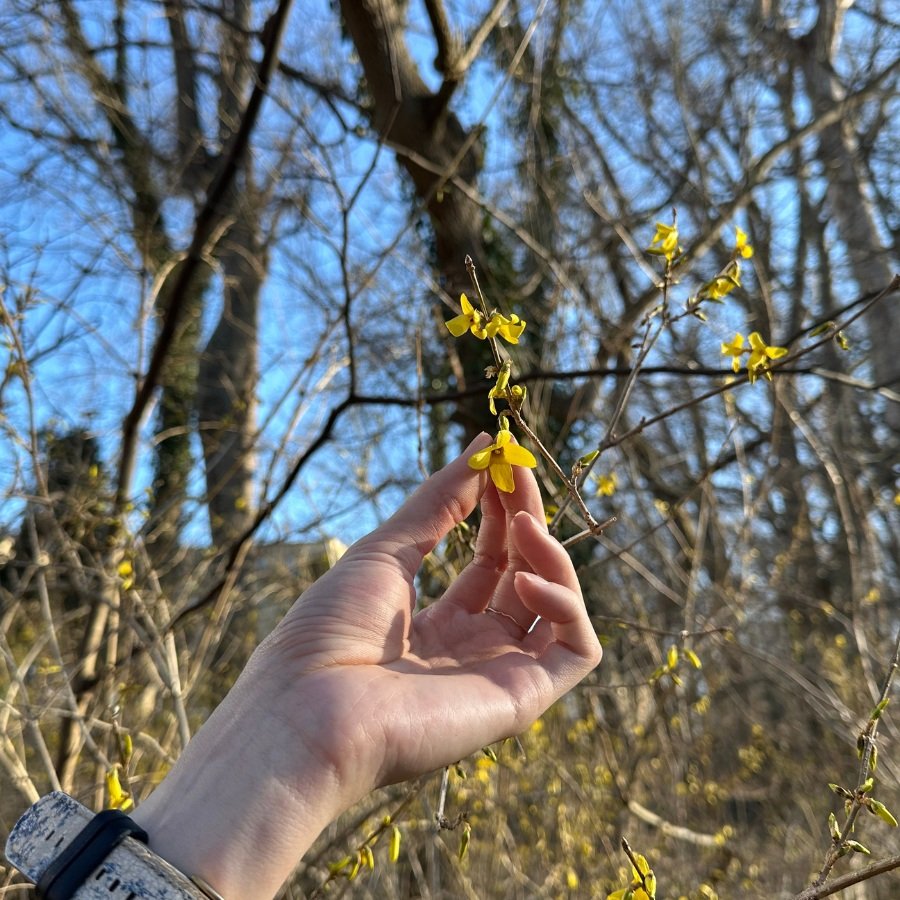7 ways urban trees *leaf* communities healthier, cleaner, and thriving
/Here’s why we can’t get enough of trees in our cities
AERIAl view of washington dc in the summer
In the hustle and bustle of a city, it can be easy to take trees for granted. They blend into urban environments so well that many of us forget to consider just how much they do for our cities. Parks, street sidewalks, and neighborhoods—trees work hard wherever they are!
When we think about the benefits of trees, their oxygen-producing powers usually come to mind. It’s definitely true that trees help us breathe better, but there are many, many more ways in which they improve the health of our communities. Trees are nature's true wonders, and us water folks are barkin’ mad about them!
Let’s not beat around the bush—here are 7 reasons to love urban trees:
1. They’re a breath of fresh air
Tree in autumn in dc. Photo credit: Kathryn Aegis CC BY 2.0
We all know trees filter out carbon dioxide and release oxygen, but did you know just how good they are at cleaning air? One acre of tree cover can remove roughly 80 pounds of pollutants and 1.2 tons of carbon from the atmosphere each year, making them essential in the fight against climate change.
2. Their roots are clean water masters
photo by john brighenti licensed under cc by 2.0
Air pollution isn’t the only kind of pollution trees mitigate. Their roots are also expert filtration systems, which catch stormwater runoff and reduce the amount of pollutants that reach rivers and streams. This means trees promote clean water in the Potomac River and other local streams and rivers. According to the National Park Service, urban forests prevent about 2.9 million cubic meters of runoff from entering national parks in the Washington, DC area each year.
3. Trees are cool. Literally.
View over rock creek park. Photo credit: Der Berzerker CC BY-SA 2.0
Shading from urban trees helps keep temperatures down, playing an important role in reducing urban heat islands. Shade, along with evapotranspiration (the process through which water leaves the ground and enters the atmosphere), can lower city temperatures on the hottest of summer days by 2-9°F. This cooling impact makes trees an effective, nature-based solution to the climate crisis!
And that’s not all: a 2019 study found that urban tree cover saves the United States up to $12 billion annually, including costs from electricity usage and heat-related illnesses like heat stroke.
Tree shade also benefits urban streams. In the summer, tree canopies keep streams from overheating, which is good because excessive heat reduces the amount of dissolved oxygen in the water (think of bubbles going flat in a soda sitting outside the fridge) and stresses acquatic life. In the winter, trees lose leaves and allow the sun's rays to reach streams, keeping them at a moderate temperature.
4. Trees are good for your mental health
Couple relaxing by the potomac
Many studies show green spaces can reduce stress and improve moods. Tree cover in urban neighborhoods is also related to many physical health benefits.
You might even get a boost just from reading this blog—research has demonstrated that simply looking at pictures of trees produces mild effects on a person, but we know that a picture is nothing compared to the real thing!
5. City critters need them
Woodpecker on a tree trunk in rock creek park, dc. Photo credit: Donald Davesne CC BY 2.0
Animals and insects are part of any city’s ecosystem, and many of them rely on trees for food and shelter. Plenty of trees keeps our urban ecosystems healthy and diverse, which we love to see!
6. Trees serve communities
photo by reid kasprowicz licensed under cc-BY-NC-ND 2.0
There’s nothing better than connecting with your neighbors and loved ones in nature! A tree-filled park is the perfect spot for a picnic, an evening stroll with a friend, or a small community gathering.
Trees even provide shade and resting spots during a litter cleanup, which is a great way to give back to them after all they do for us.
And just like us, trees are social beings—they need to be part of a community so they can share nutrients and communicate with each other! Not only do trees help each other, every part of a tree in every stage of its life works to serve its community: leaves filter air and cool down environments, roots remove pollutants from groundwater, snag trees provide habitat to birds and other creatures, and fallen trees are the perfect place for fungi to grow and recycle the tree’s nutrients into the earth. Talk about efficency!
7. Do we really need another reason?
Trees by the potomac in the fall. Photo credit: Victoria Pickering CC BY-NC-ND 2.0
OK, if you need one more, let’s face the simple truth: Trees are downright pretty!
DC’s beloved cherry blossom trees draw more than a million spectators each spring, and no one can argue with the beauty of leaves changing color all over the region in the fall.
Trees undeniably beautify cities, and their aesthetics can also increase property values, which is a nice little bonus. But really, trees offer us so much already that their looks are just the cherry on top.















